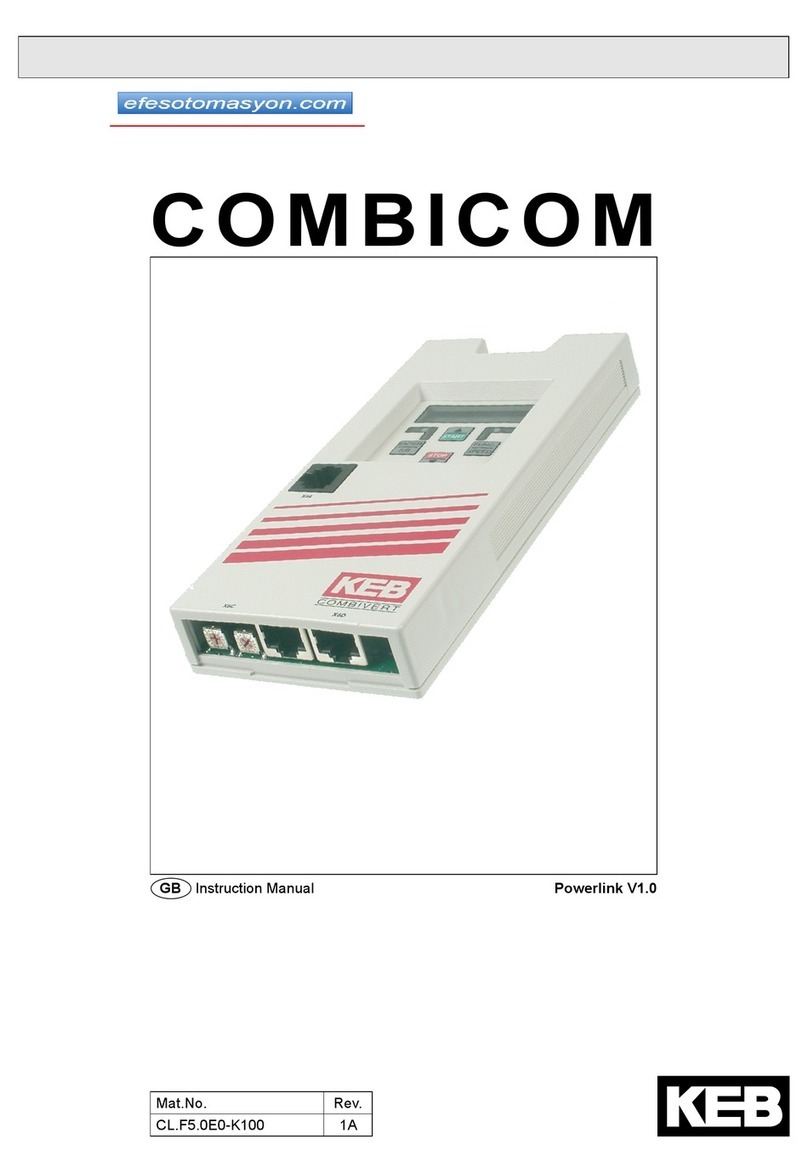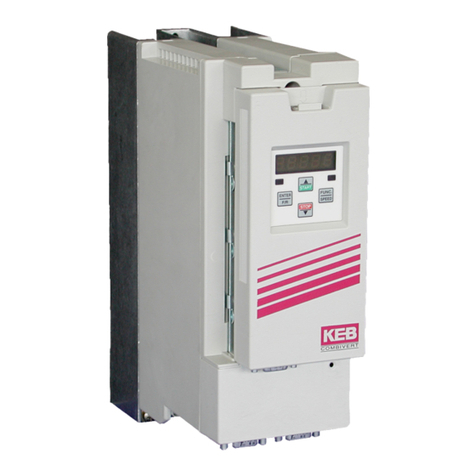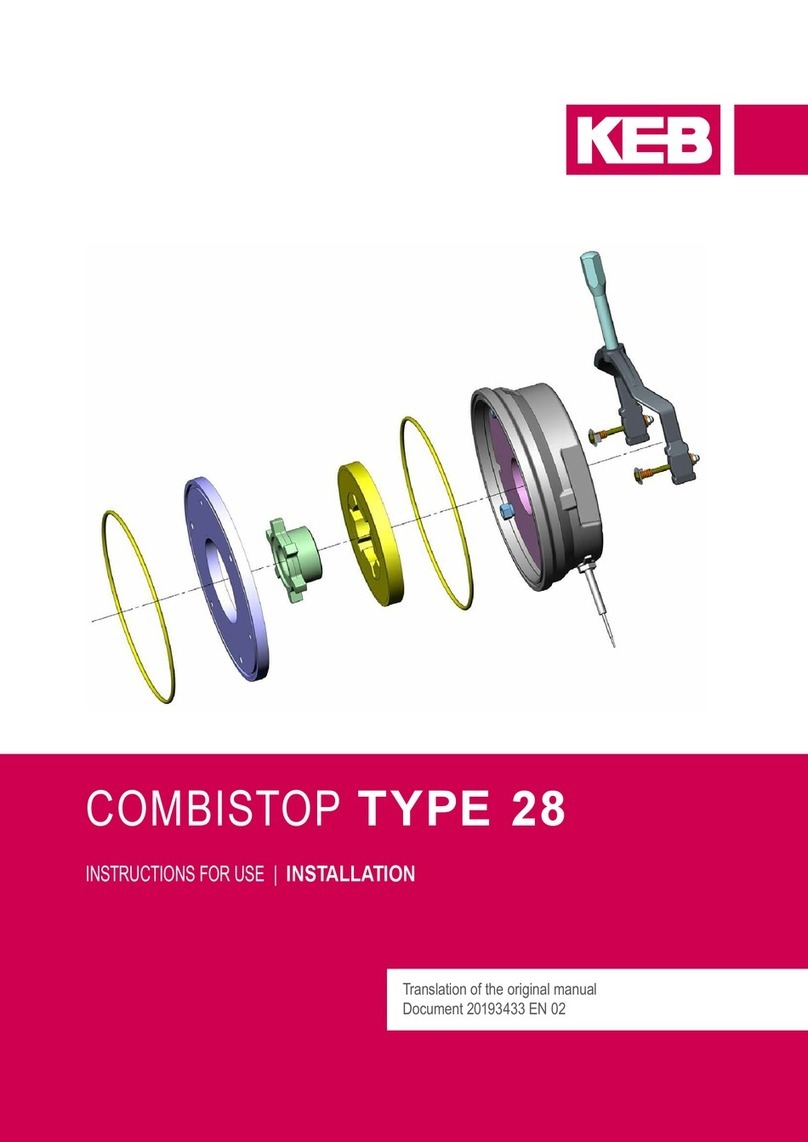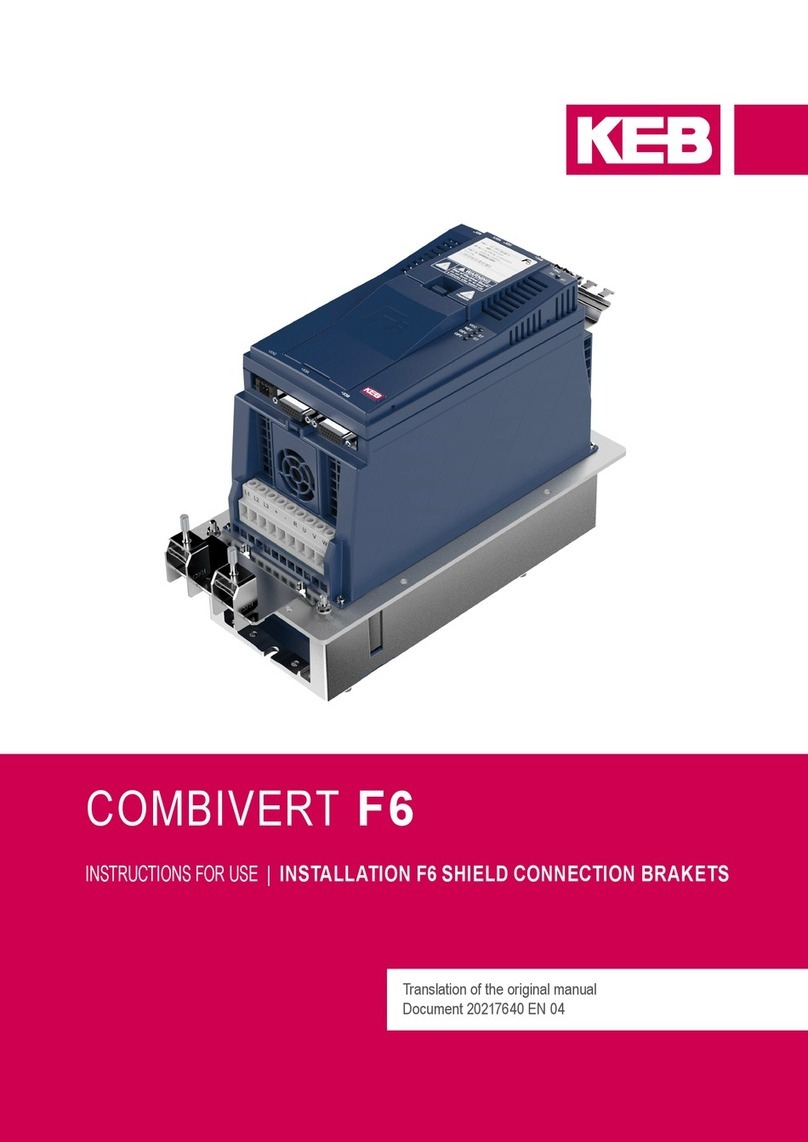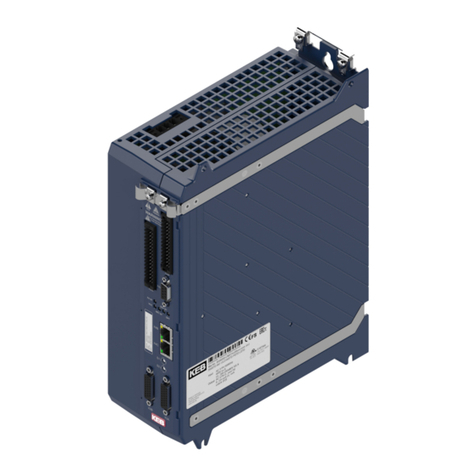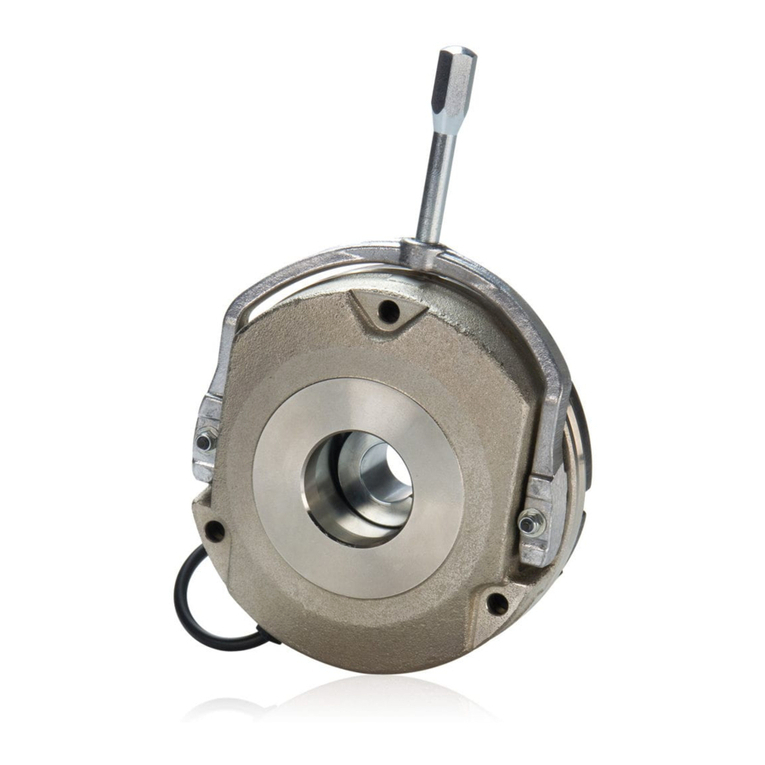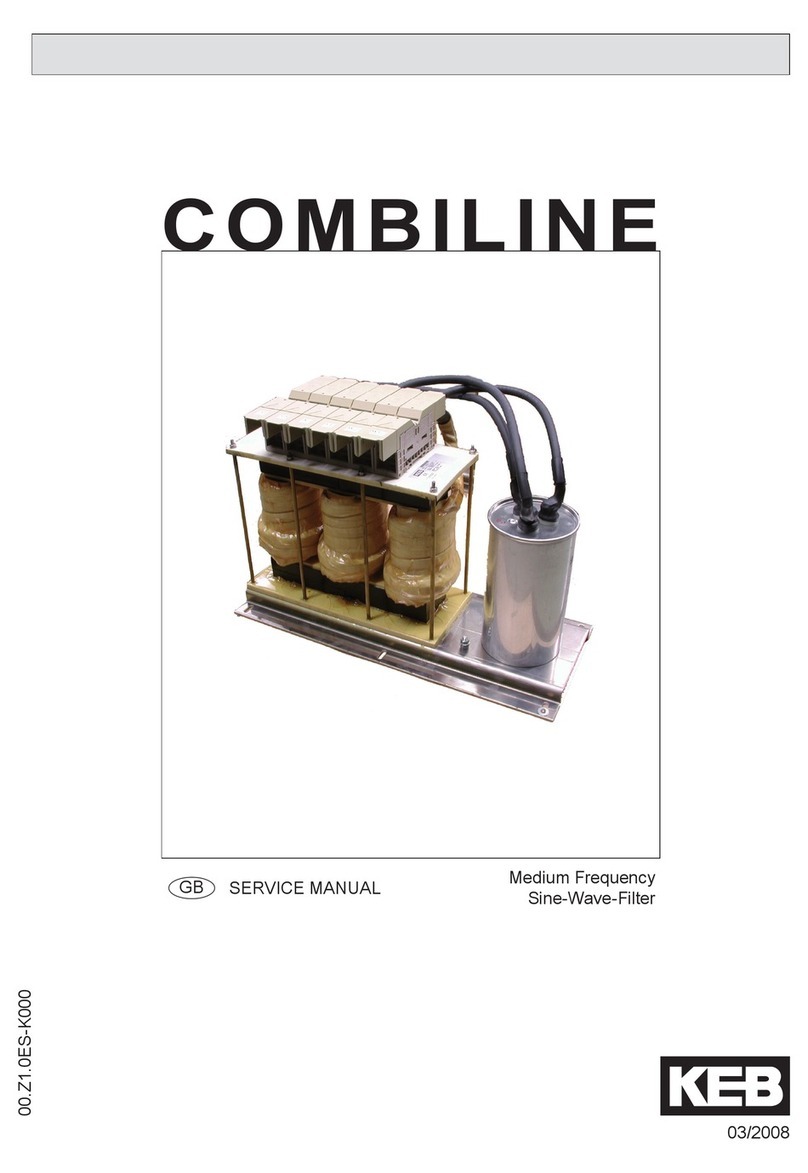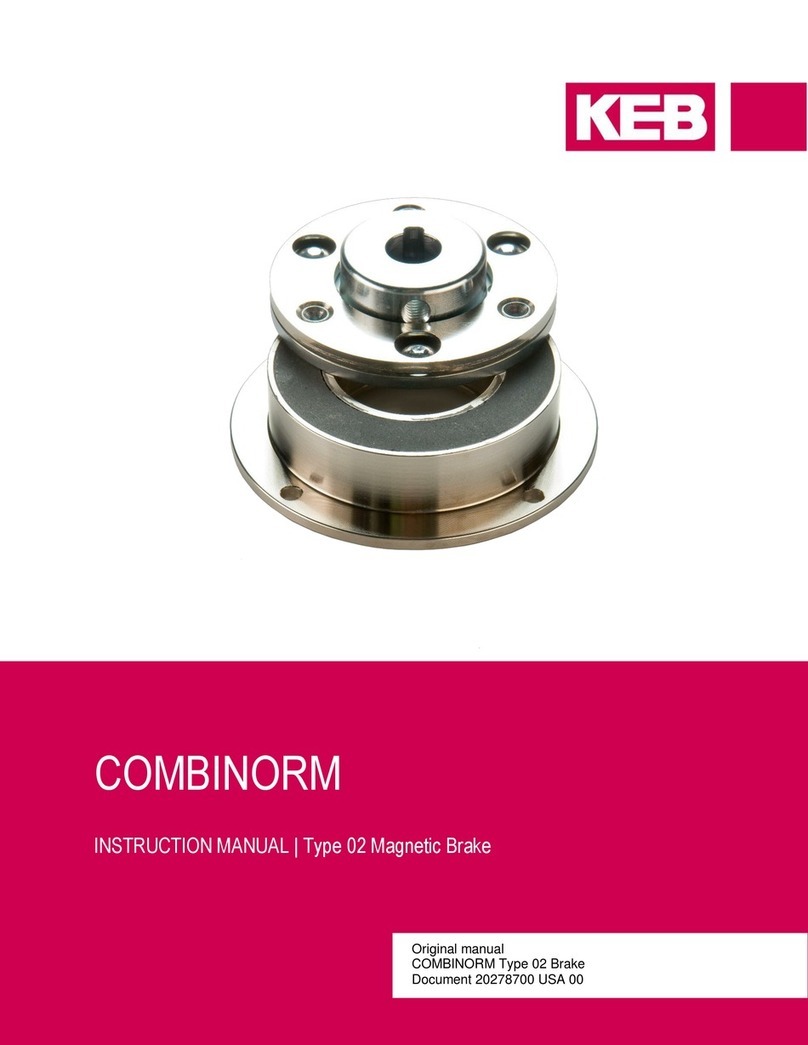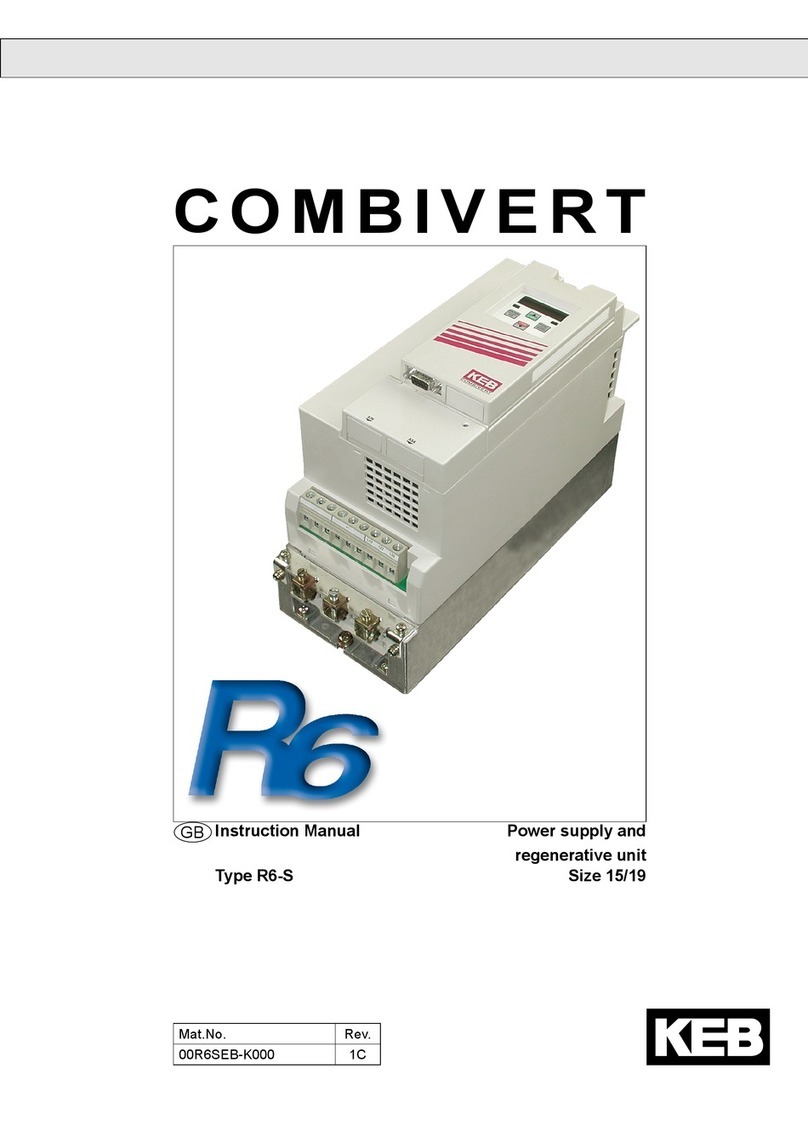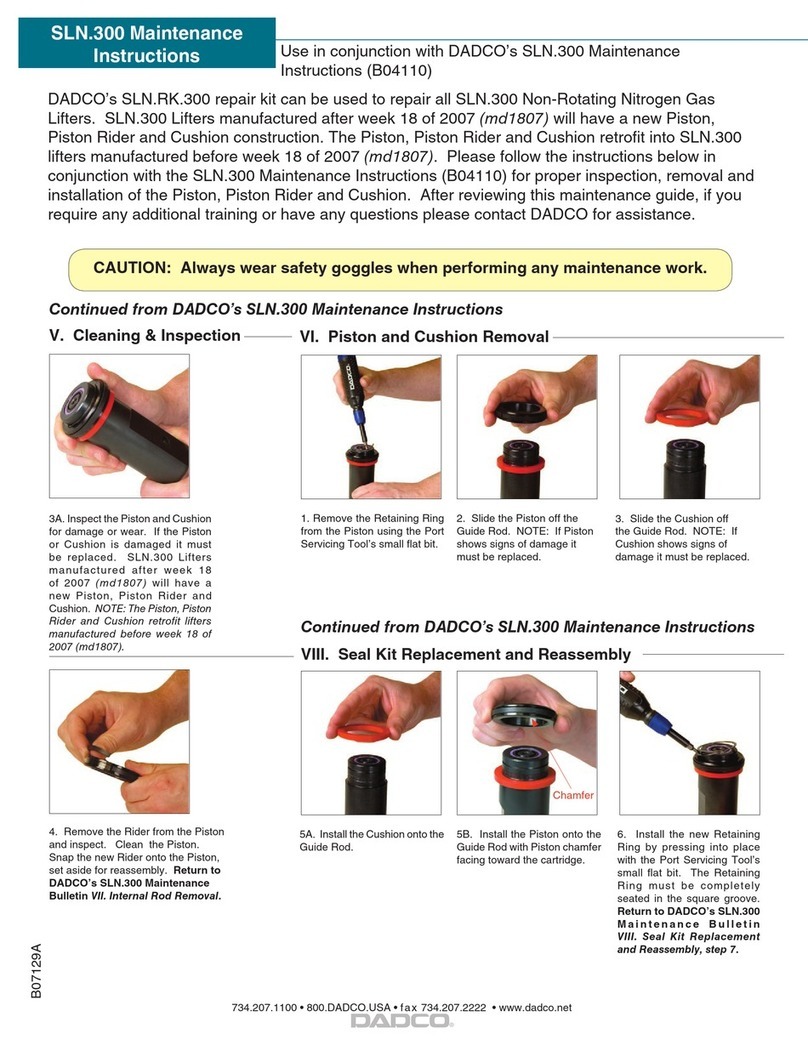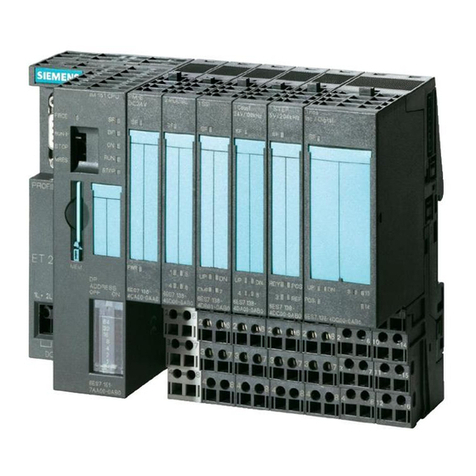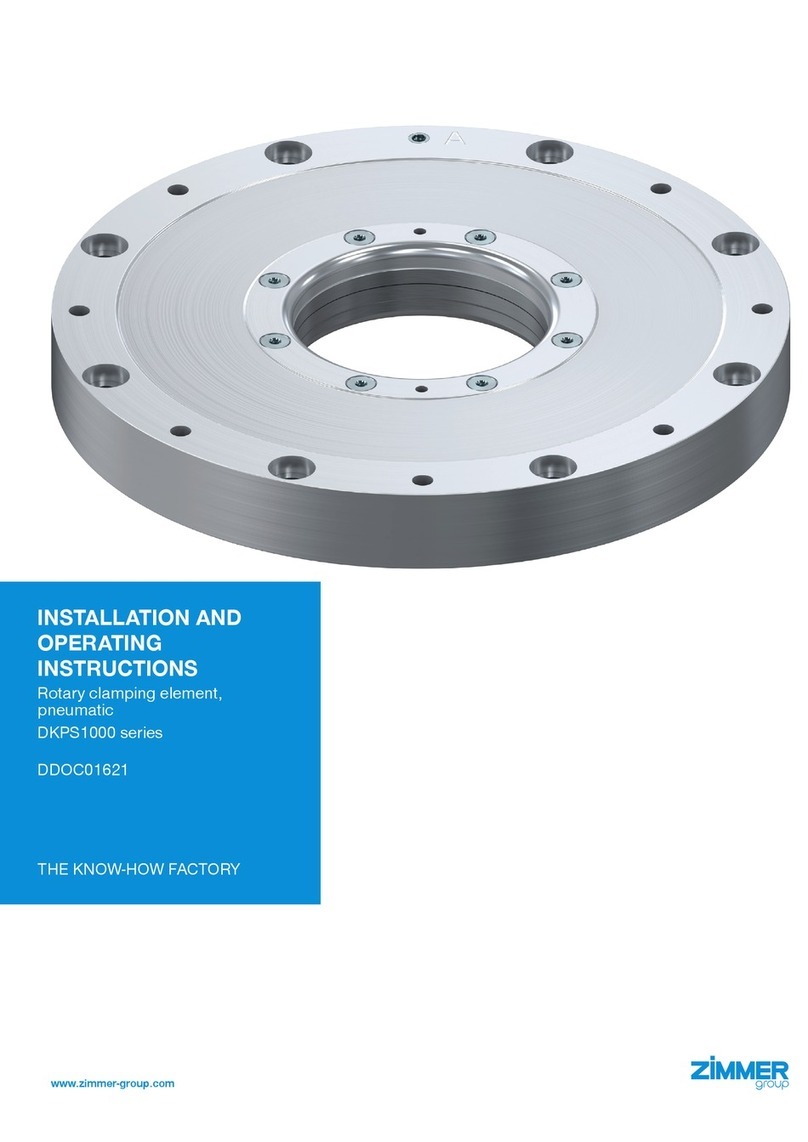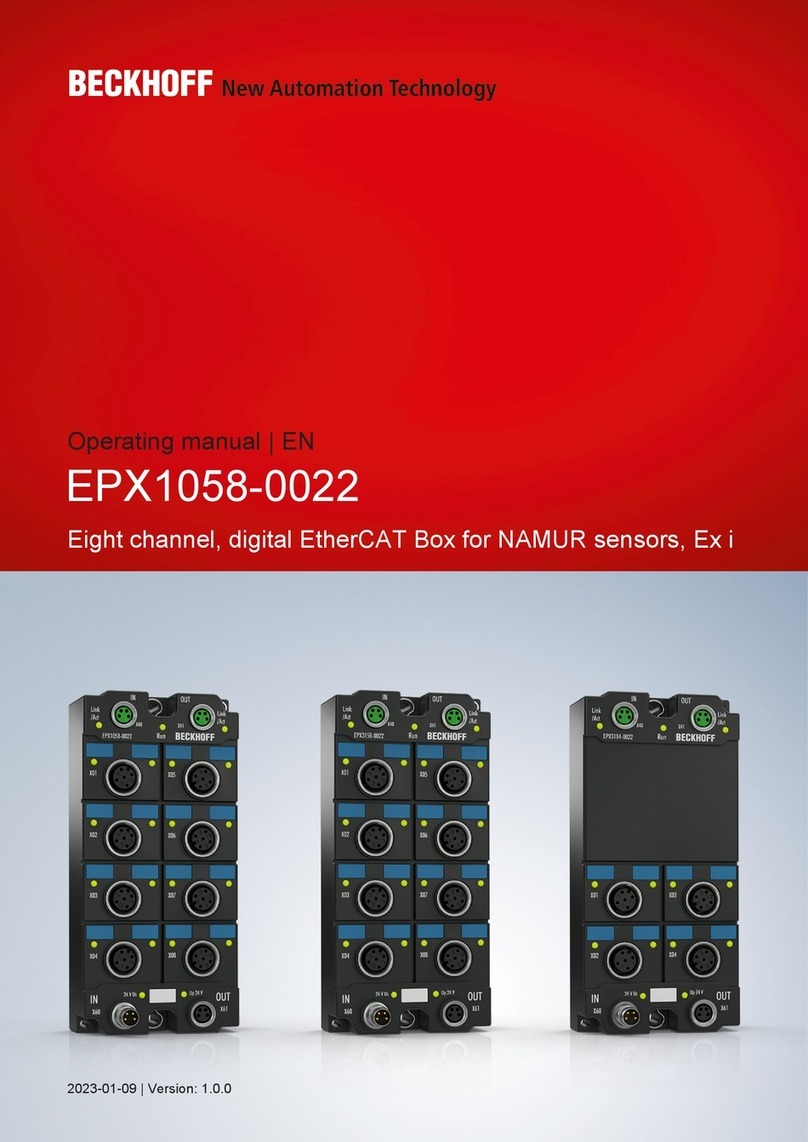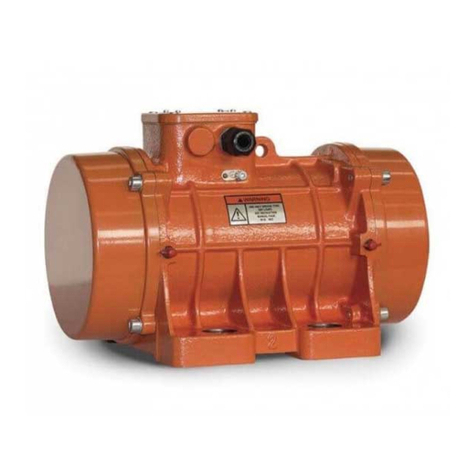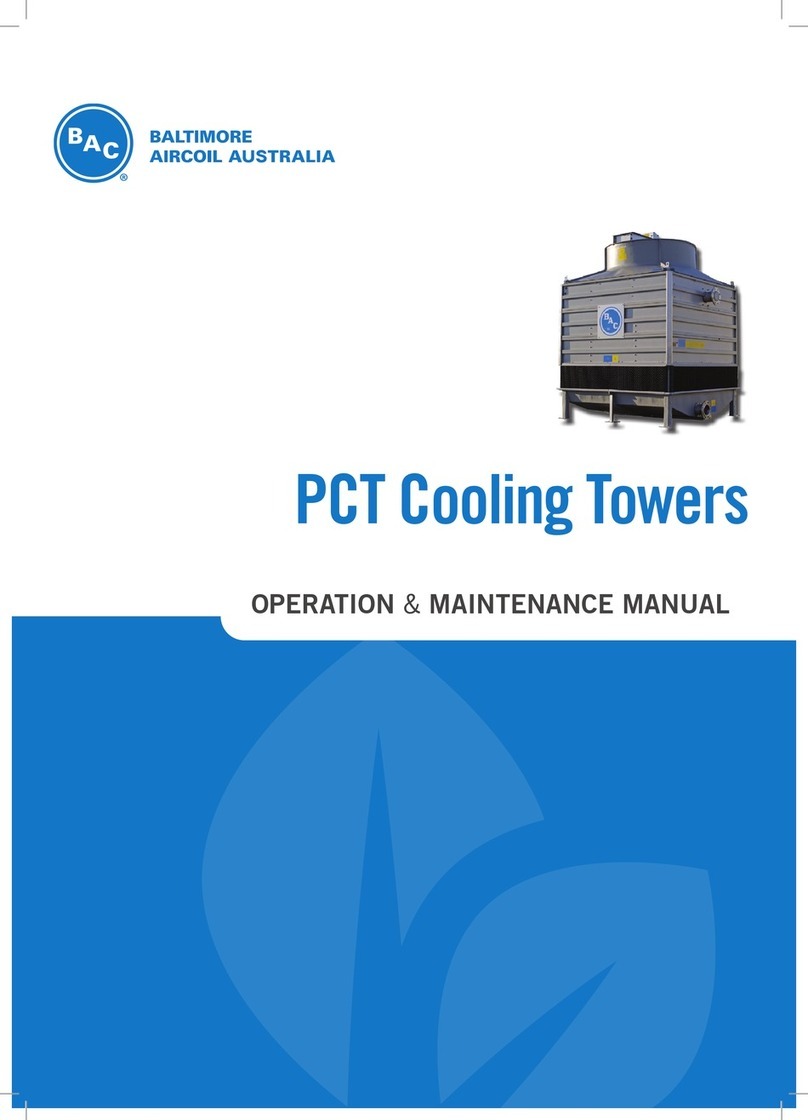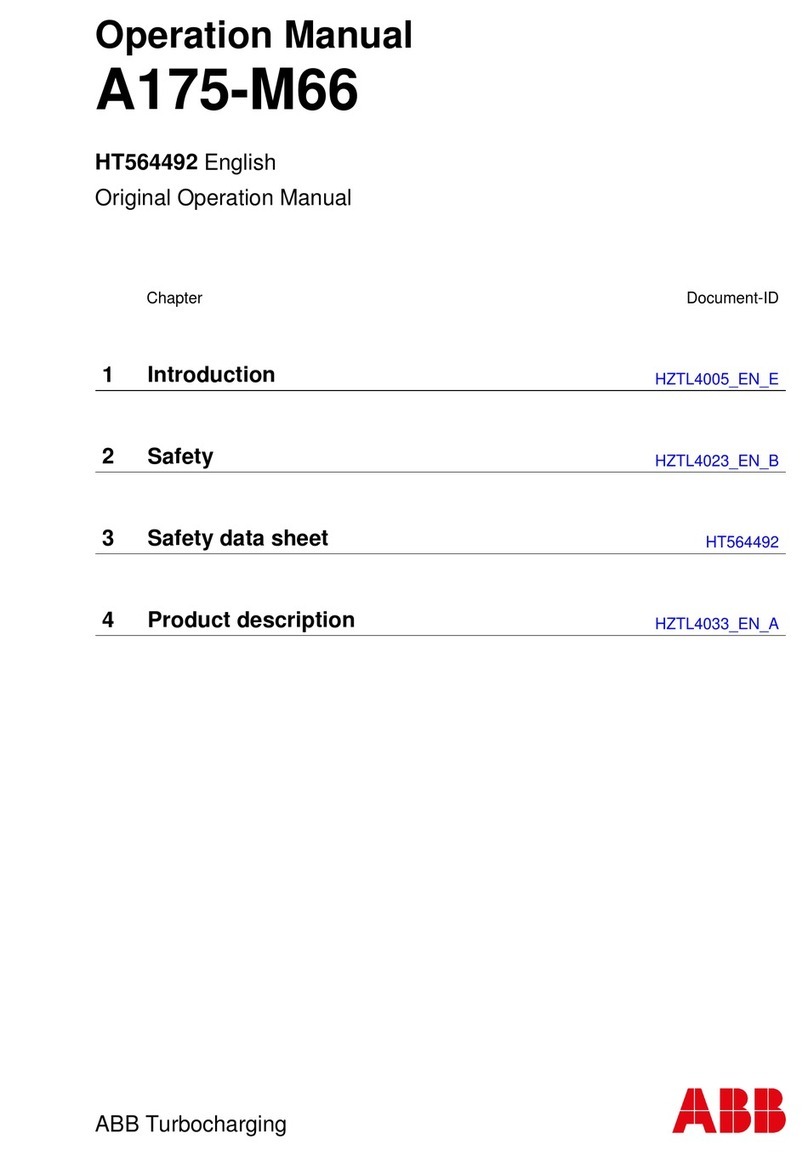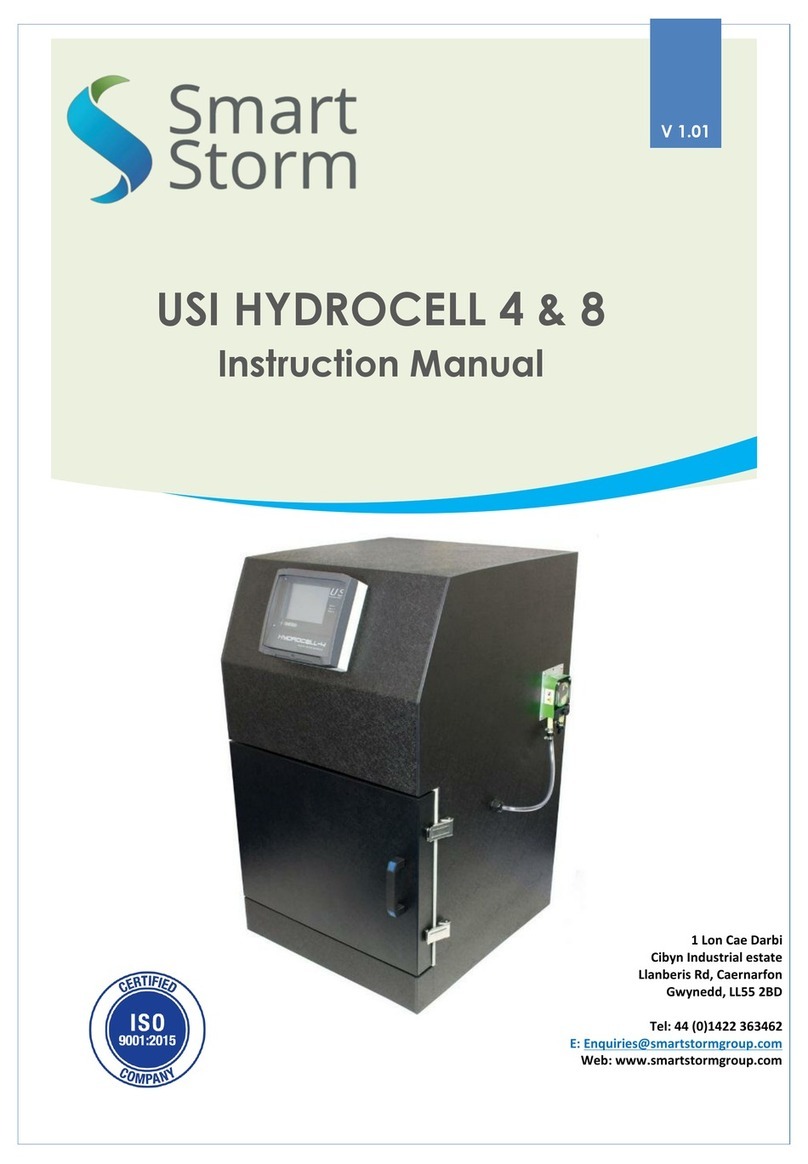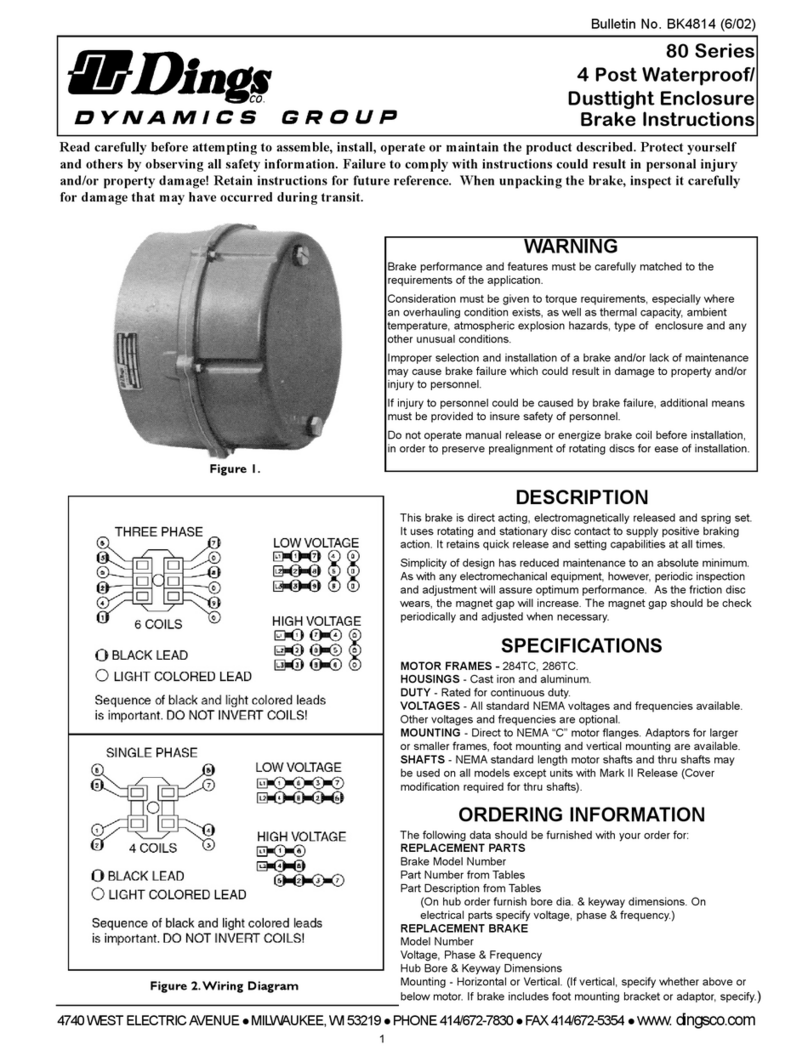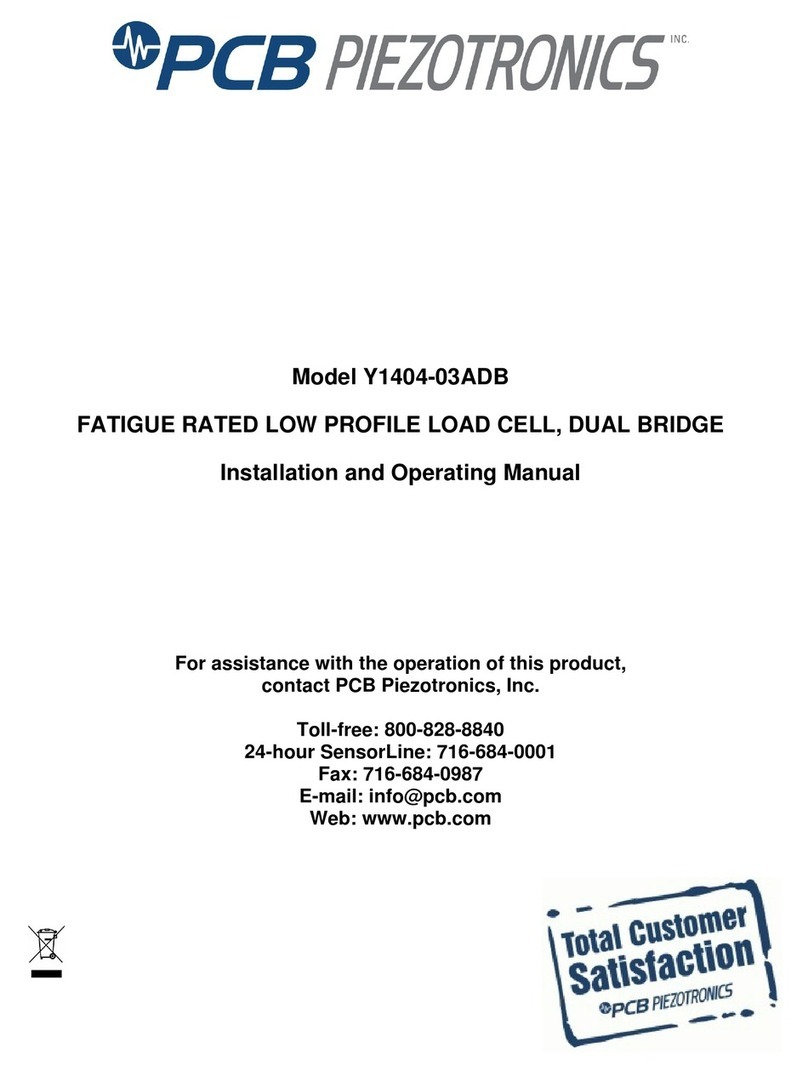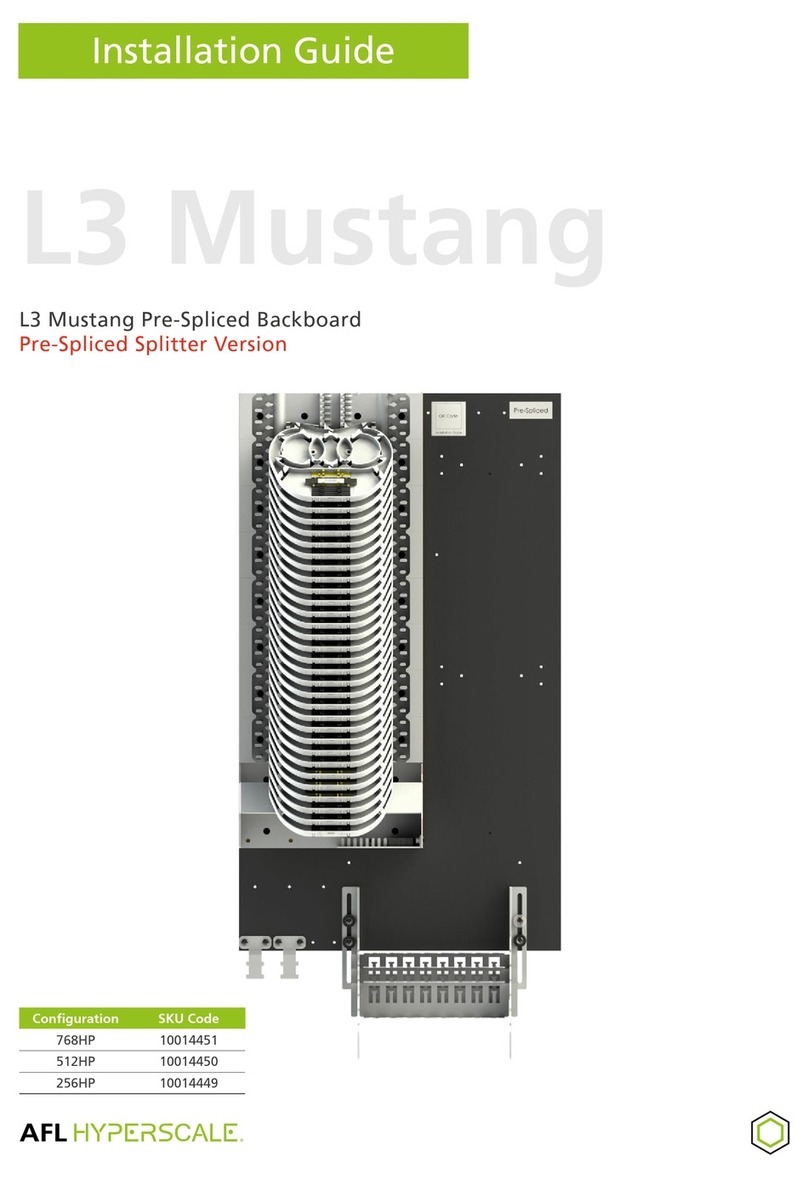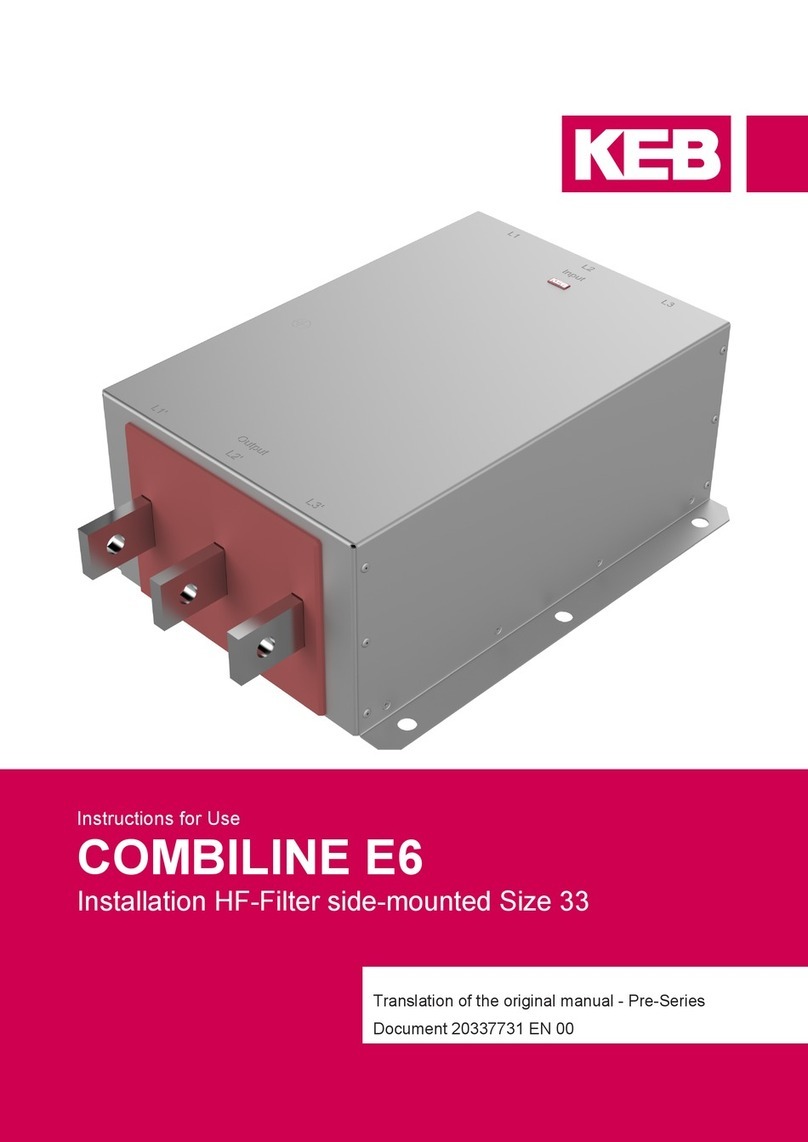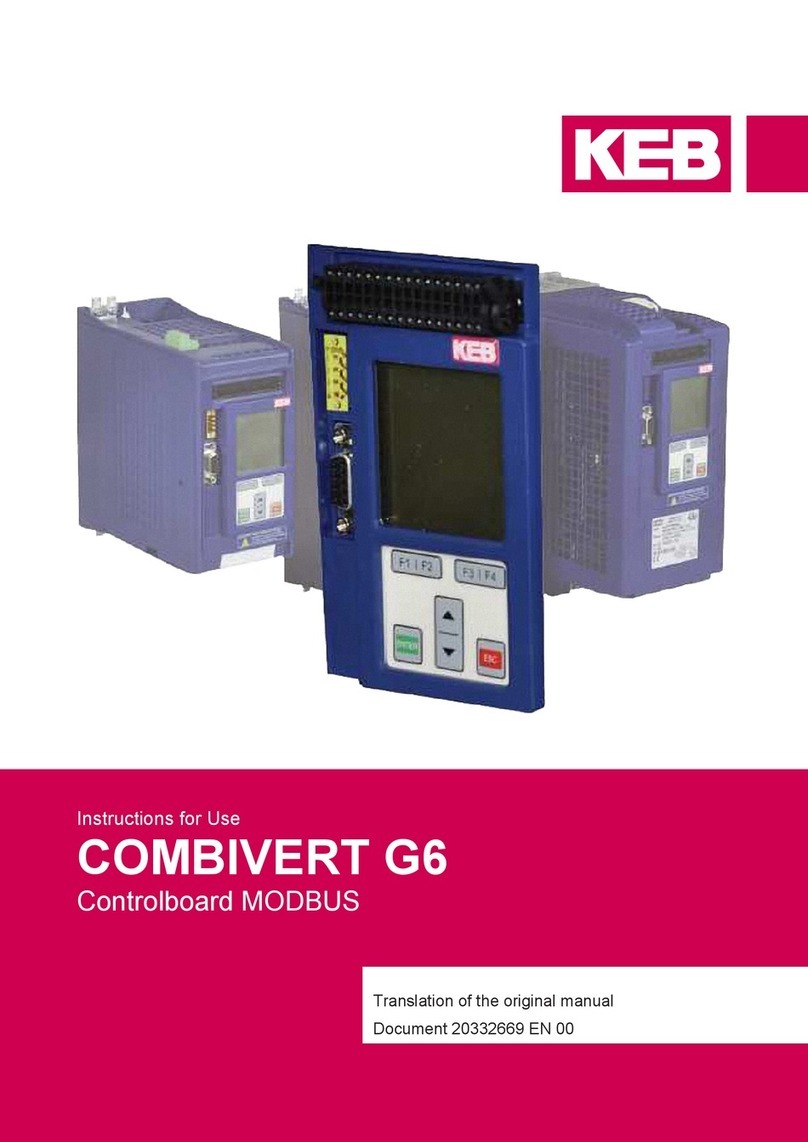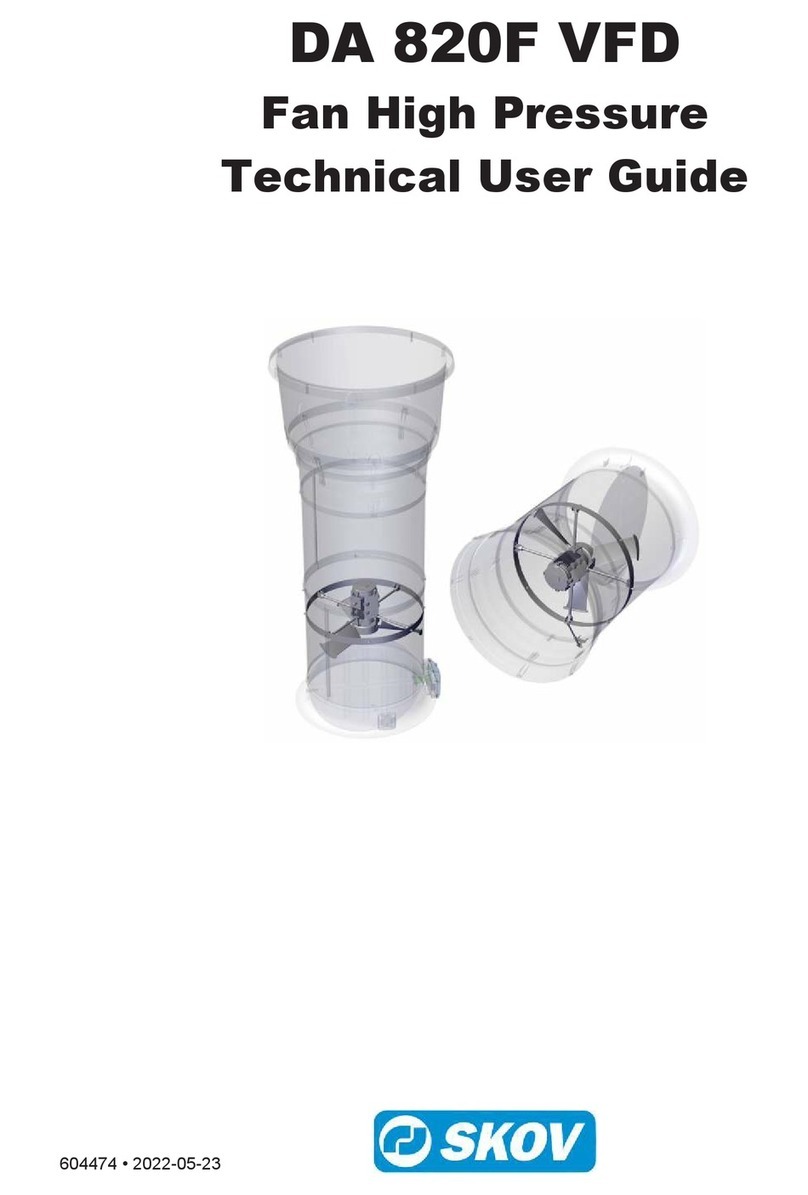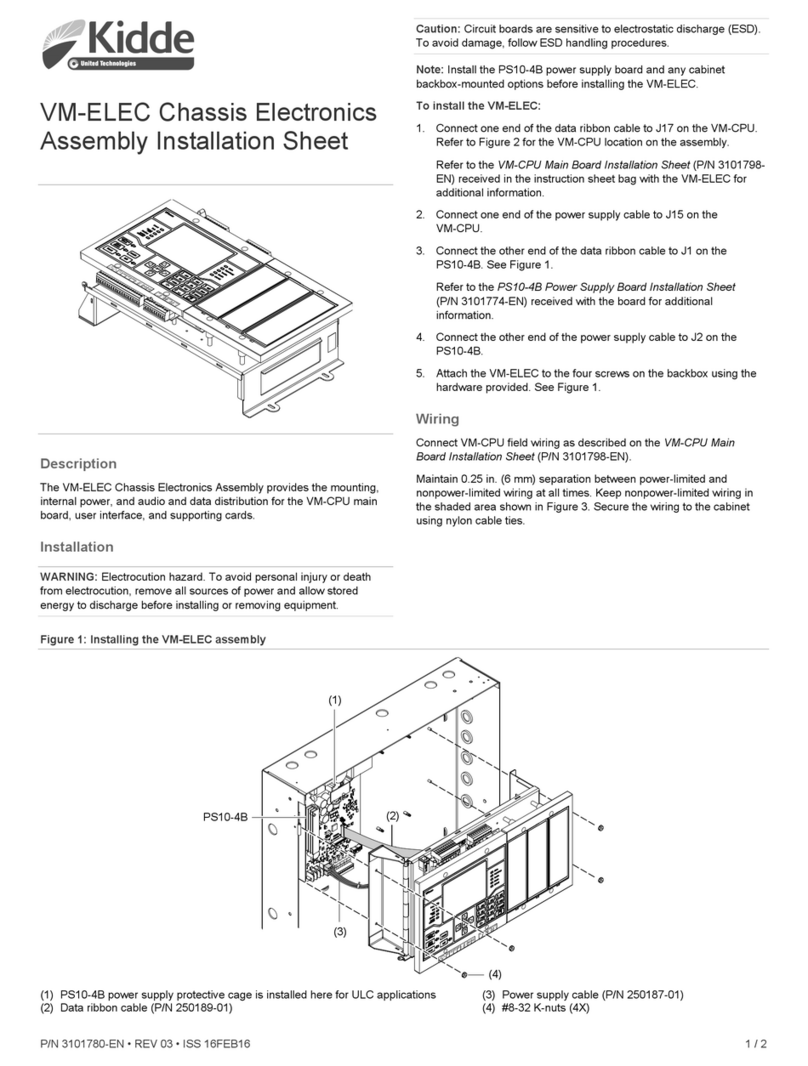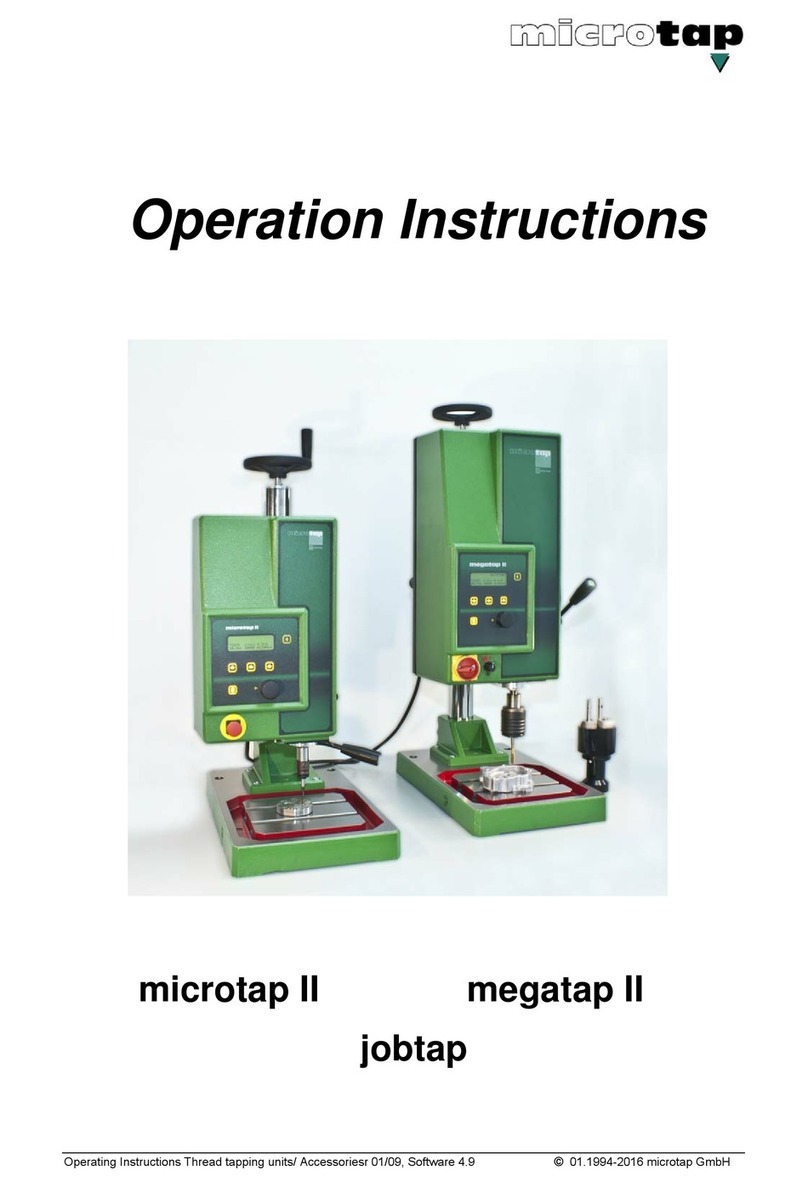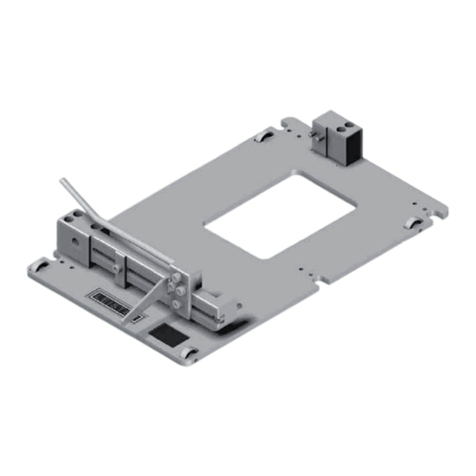
5
TABLE OF CONTENTS
Table of Contents
Preface ....................................................................................................................................................3
Signal words and symbols .............................................................................................................3
More symbols.................................................................................................................................3
Laws and guidelines.......................................................................................................................4
Warranty and liability......................................................................................................................4
Support ........................................................................................................................................4
Copyright........................................................................................................................................4
Table of Contents ...................................................................................................................................5
List of Figures.........................................................................................................................................8
List of Tables ..........................................................................................................................................8
Glossary ..................................................................................................................................................9
List of standards ..................................................................................................................................10
1 Basic Safety Instructions.............................................11
1.1 Target group................................................................................................................................... 11
1.2 Transport, storage and proper use .............................................................................................. 11
1.3 Installation and mounting.............................................................................................................12
1.4 Electrical connection ....................................................................................................................12
1.5 Start-up and operation ..................................................................................................................12
1.6 Maintenance...................................................................................................................................13
1.7 Disposal..........................................................................................................................................14
2 Product Description .................................................... 15
2.1 Intended use ..................................................................................................................................15
2.2 Residual risks ................................................................................................................................15
2.3 Improper use..................................................................................................................................15
2.4 Type code COMBINORM Type B .................................................................................................. 16
2.5 Type code magnet .........................................................................................................................16
2.6 Overview COMBINORM Type B....................................................................................................17
2.6.1 Version 110 - Flange mounted, armature element in standard design...............................17
2.6.2 Version 120 - Flange mounted, armature element with internal hub..................................18
2.6.3 Version 130 - Flange mounted, armature element with external hub.................................19
2.6.4 Version 320 - Shaft mounted..............................................................................................20
2.7 Functional description ..................................................................................................................21
3 Technical Data.............................................................. 22
3.1 Operating conditions ....................................................................................................................22
3.1.1 Electrical operating conditions............................................................................................22
3.1.1.1 Deviceclassication........................................................................................................22
3.2 Device data COMBINORM Type B................................................................................................23
3.3 Dimensions and weights ..............................................................................................................24
3.3.1 Flange mounted brakes......................................................................................................24
3.3.2 Shaft mounted brakes ........................................................................................................25



















